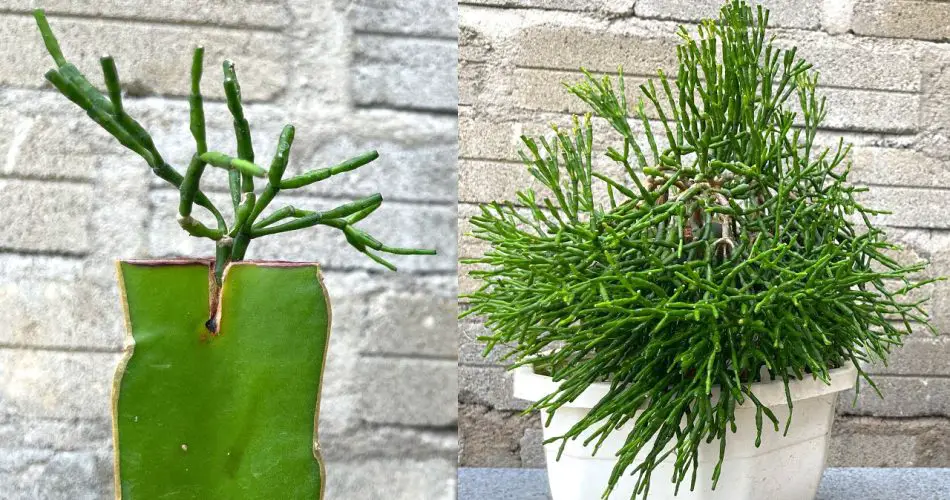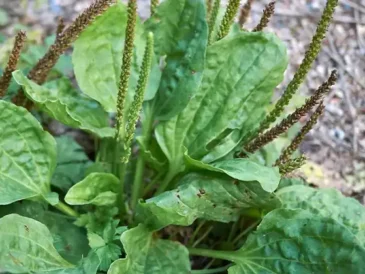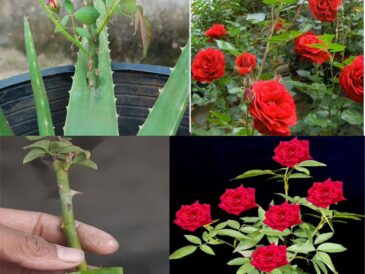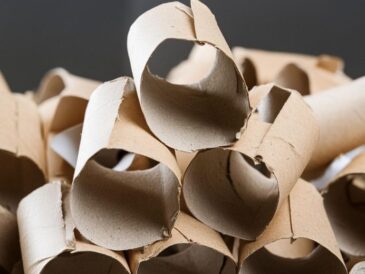The world of bonsai cultivation is a captivating blend of patience, artistry, and horticultural knowledge. While traditionally associated with woody trees, bonsai enthusiasts are increasingly pushing boundaries by incorporating the unique beauty of succulents into this ancient practice. One fascinating technique in this realm is succulent grafting, where two or more succulent plants are skilfully united to create stunning miniature landscapes.
The Allure of Succulent Bonsai
Succulents, with their diverse shapes, textures, and vibrant colors, offer a unique aesthetic to bonsai landscapes. Their compact growth habit and tolerance for drier conditions make them ideal for creating miniature representations of mature trees. Additionally, the slow-growing nature of many succulents aligns perfectly with the principles of bonsai, which emphasize meticulous shaping and long-term care.
The Magic of Grafting
Grafting allows you to combine the desirable features of different succulent varieties. Here’s how it works:
- Rootstock: This is the lower plant that provides the root system for the entire grafted plant. It’s typically chosen for its strong root structure and ability to support the scion. Popular choices for rootstock in succulent bonsai include Portulacaria afra (Elephant Bush) and Adromischus cristatus (Living Stones).
- Scion: This is the upper plant that forms the crown or desired shape of the bonsai. It’s selected for its attractive foliage, unique growth patterns, or flowering characteristics. Cacti like Cereus and Echinopsis are often used as scions for their columnar forms, while Echeveria and Haworthia are popular for their rosette shapes and vibrant colors.
The grafting technique involves creating a clean wound on both the rootstock and scion. These wounds are then carefully aligned and secured together, allowing the vascular systems of both plants to fuse. With proper care and patience, the scion will eventually start growing on the rootstock, creating a single, unique plant.
For more click on page 2




